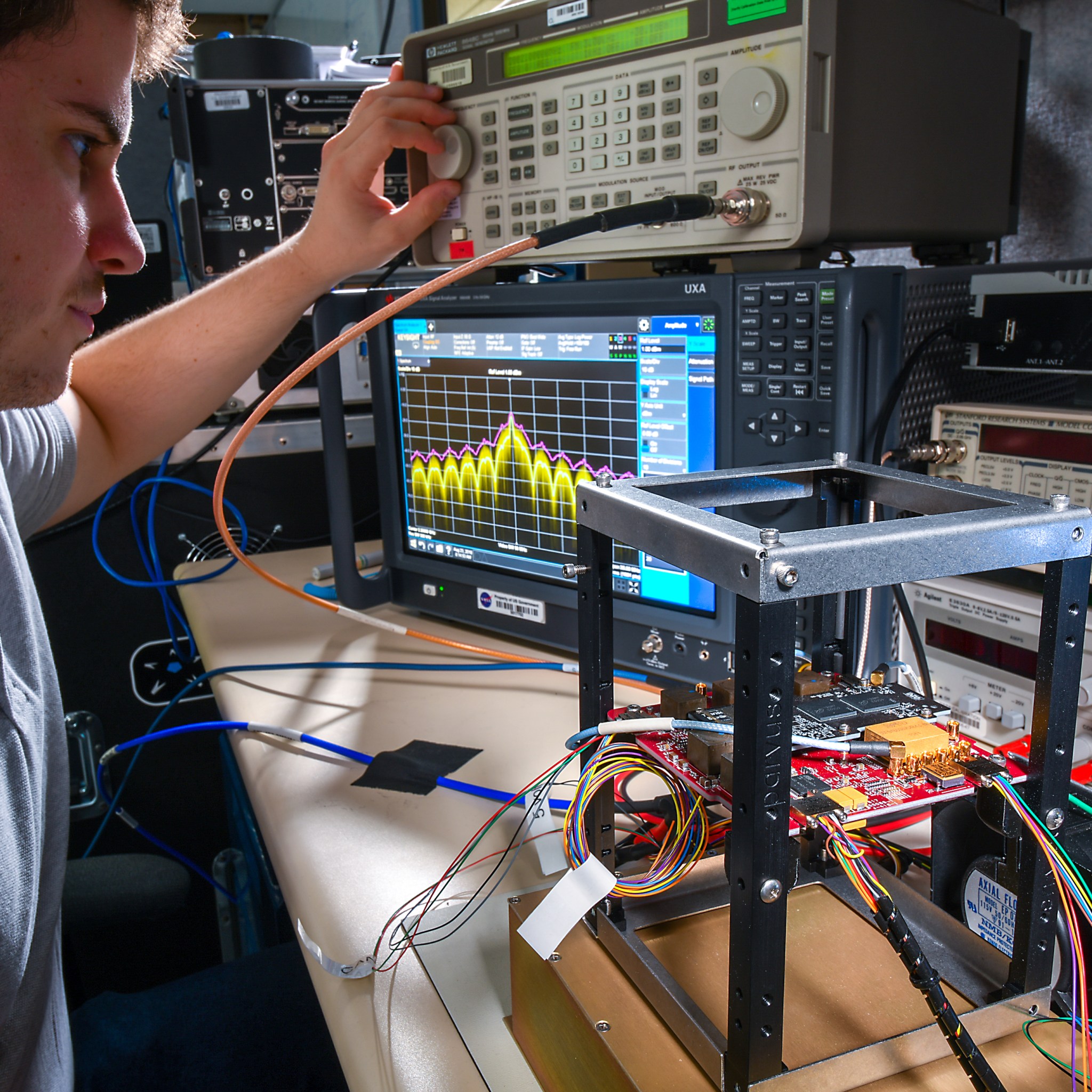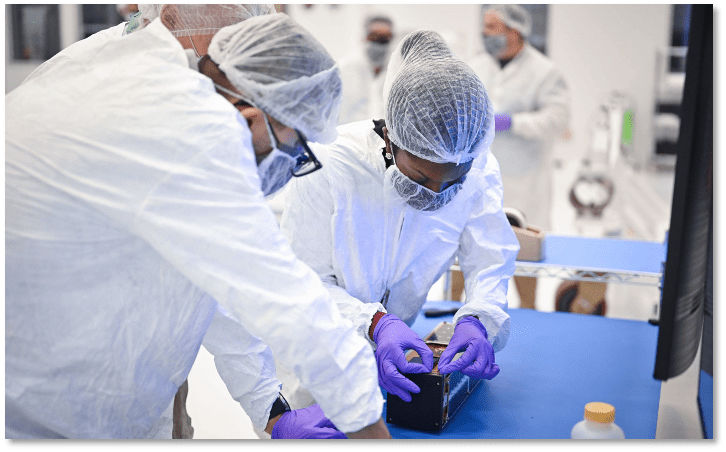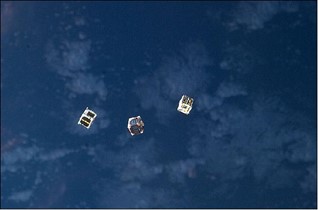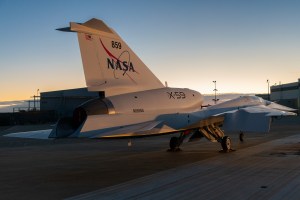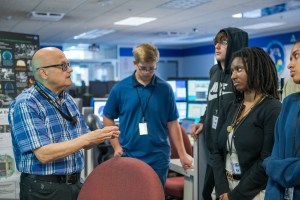Automated Technology Developed at Glenn Launches to Space
Automated technology developed in Cleveland has launched to space aboard the Technology Education Satellite 11 mission. The flight test aims to confirm the precision and accuracy of this new technology developed at NASA’s Glenn Research Center. The Cognitive Communications Project was founded by NASA in 2016 to develop autonomous space communications systems for the agency. […]
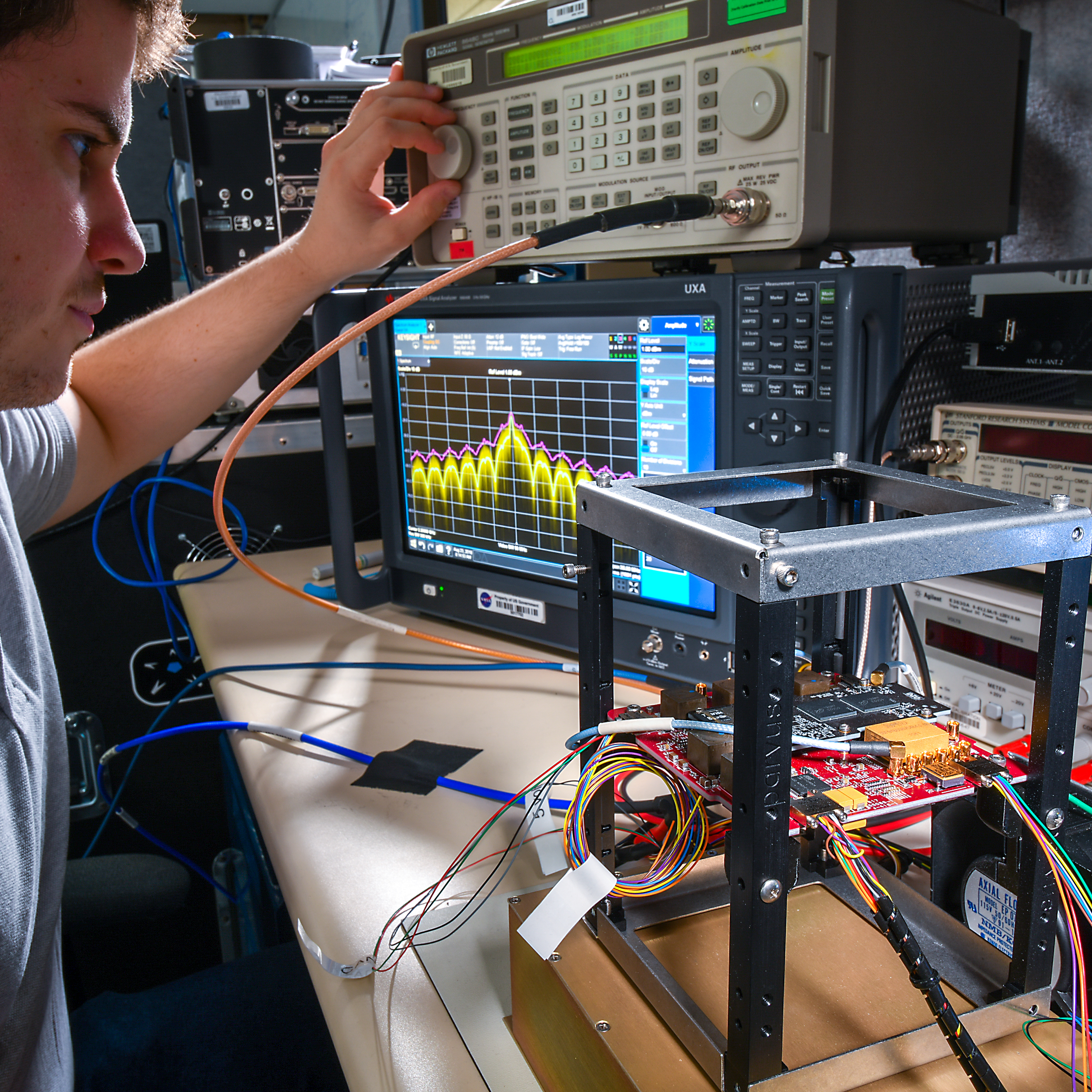
2 min read
Preparations for Next Moonwalk Simulations Underway (and Underwater)
Automated technology developed in Cleveland has launched to space aboard the Technology Education Satellite 11 mission. The flight test aims to confirm the precision and accuracy of this new technology developed at NASA’s Glenn Research Center.
The Cognitive Communications Project was founded by NASA in 2016 to develop autonomous space communications systems for the agency. Autonomous systems use technology that can react to its environment to implement updates during a mission, without needing any human interaction.
The project first collaborated with the Technology Education Satellite (TES) program at NASA’s Ames Research Center in California’s Silicon Valley back in 2022 to launch the TES-13 CubeSat, which sent the first neuromorphic processor to space. A neuromorphic processor is a piece of technology built to act in ways that replicate how the human brain functions. Through TES-13, the cognitive team was able to test their advanced technology in space successfully for the first time.
After the success of TES-13, the team compiled each of their unique capabilities into one end-to-end system, called Cognitive Engine 1, or CE-1. CE-1 is a space and ground software system that automates normal aspects of spacecraft communications, like service scheduling and planning reliable priority-based data transfers.
Cognitive technology launched to space for the second time on July 3 on TES-11 aboard Firefly Aerospace’s Noise of Summer mission. TES-11 was one of eight small satellites launched during the mission. It was created as a part of the Technology Education Satellite program at NASA Ames, which organizes collaborative projects and missions that pair college and university students with NASA researchers to evaluate how new technologies work on small satellites, known as CubeSats.
TES-11 is testing the components of CE-1 that allow satellites to independently schedule time with ground stations and download data without human interaction. Results from the TES-11 mission will be used by the Cognitive Communications team to finalize their CE-1 design, to ensure that the technology is ready to be adopted by future NASA missions.
The Cognitive Communications Project is funded by the Space Communications and Navigation program at NASA Headquarters in Washington and managed out of NASA’s Glenn Research Center in Cleveland.
What's Your Reaction?



















.jpg?#)























